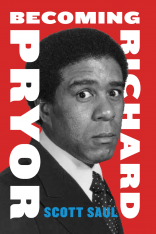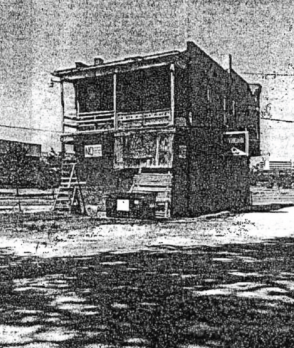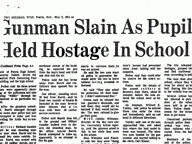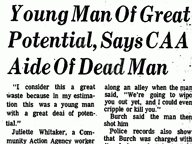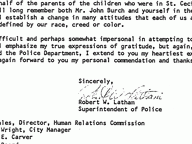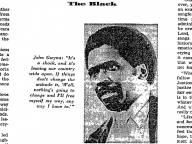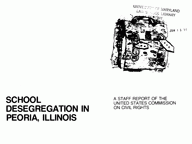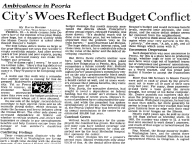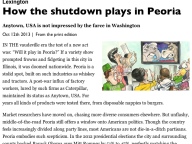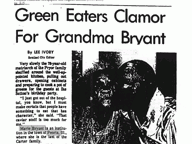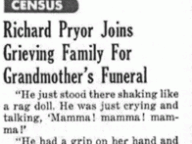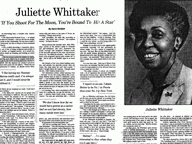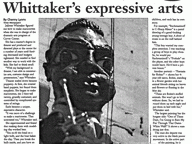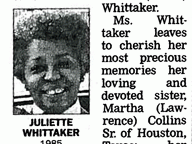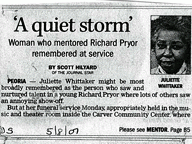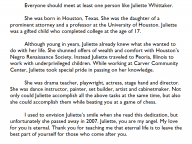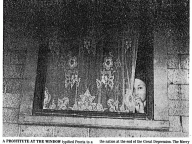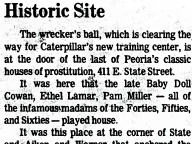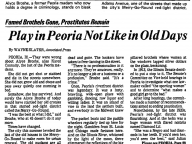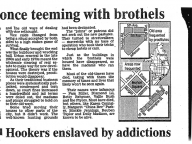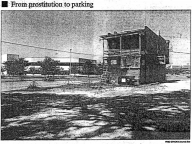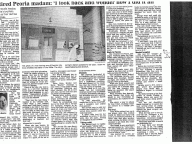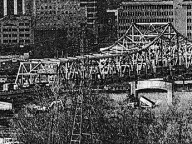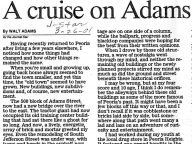1970s & Beyond: “Pryor’s Peoria” After Pryor
Until the phrase “Will it play in Peoria?” becomes an antique expression, journalists will continue to visit Peoria to take the pulse of middle America. During the Watergate scandal, the Washington Post published a remarkable account of how the city’s politics and culture were shifting in the riptides of the early-1970s. The Wall Street Journal landed in Peoria a decade later, and saw in the city’s struggles a mirror of the disaffection that had gripped America during the 1982 recession. As recently as 2013, The Economist dropped into town and held up Peoria as “Anytown, USA.”
Fading Voices and Persistent Legacies
Richard Pryor’s original North Washington Street neighborhood was bulldozed in the early-1950s, and there are fewer and fewer physical traces of “Roarin’ Peoria” as the city has reconfigured itself in the decades since. The Murray Baker Bridge—the construction of which brought on the bulldozers—fundamentally reshaped the business of its city, in part by contributing to its sprawl. The world of “Richard Pryor’s Peoria” is, in no small part, turning into a world of memories and ghosts.
Yet memories are powerful, as are ghosts. Just as Richard’s grandmother Marie lives on in the performances she inspired in her grandson, and just as Juliette Whittaker lives on in all those she mentored at the Carver Center, so “Richard Pryor’s Peoria” lives on in Peoria and elsewhere—arguably, wherever someone takes in a Pryor performance and is awoken by it, into hard laughter or hard thought.
